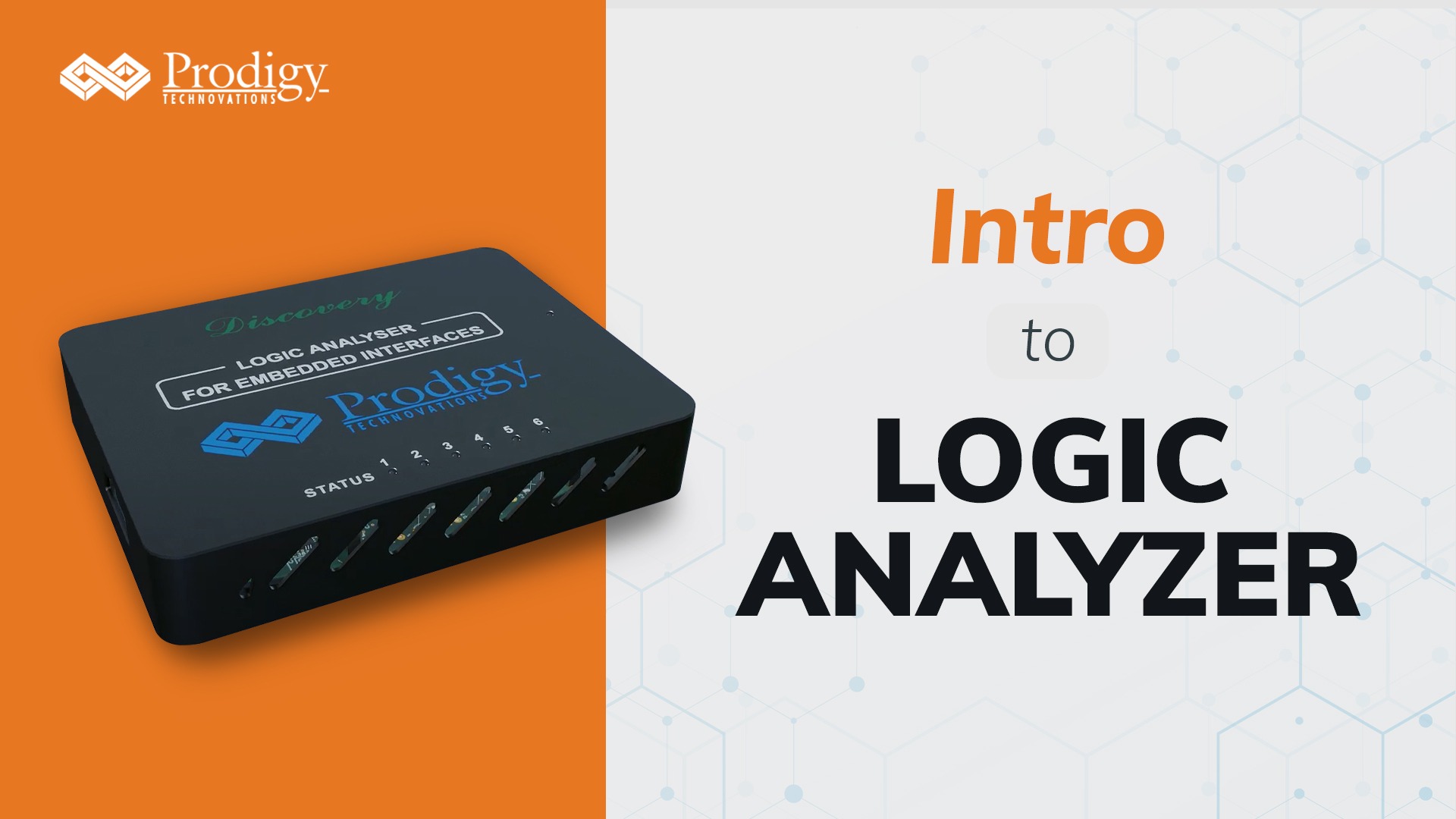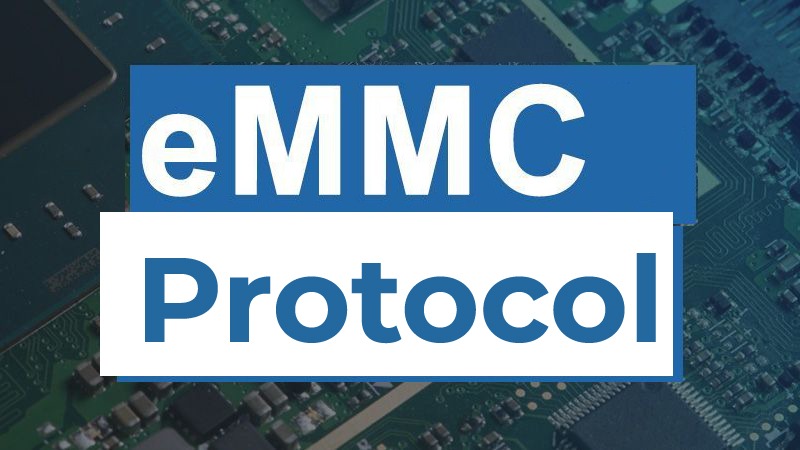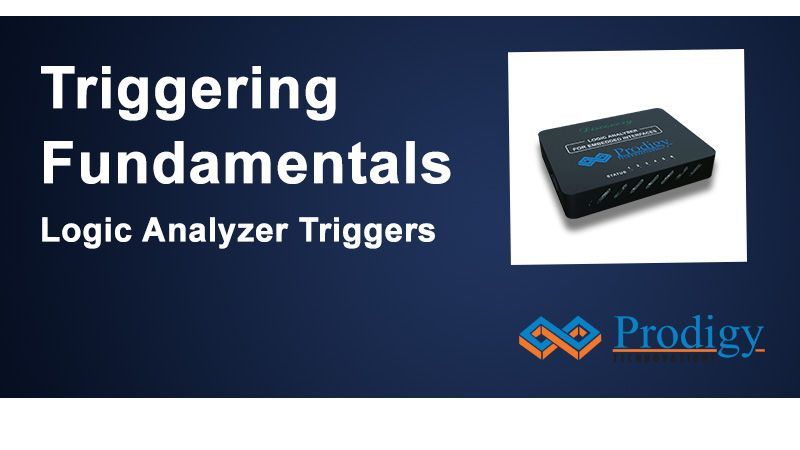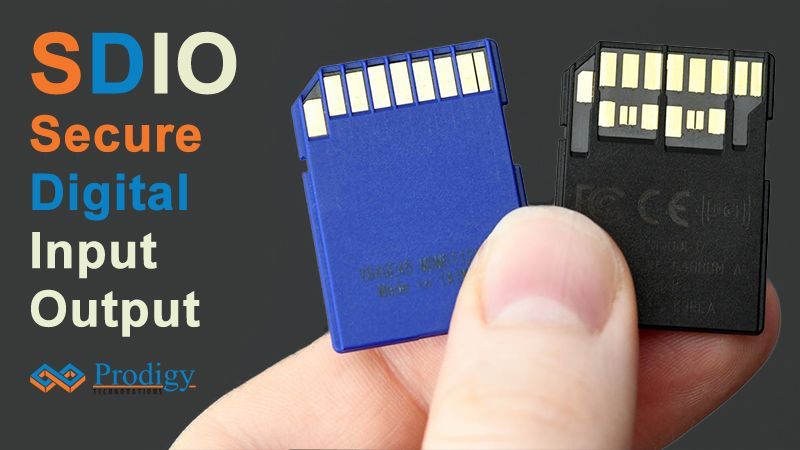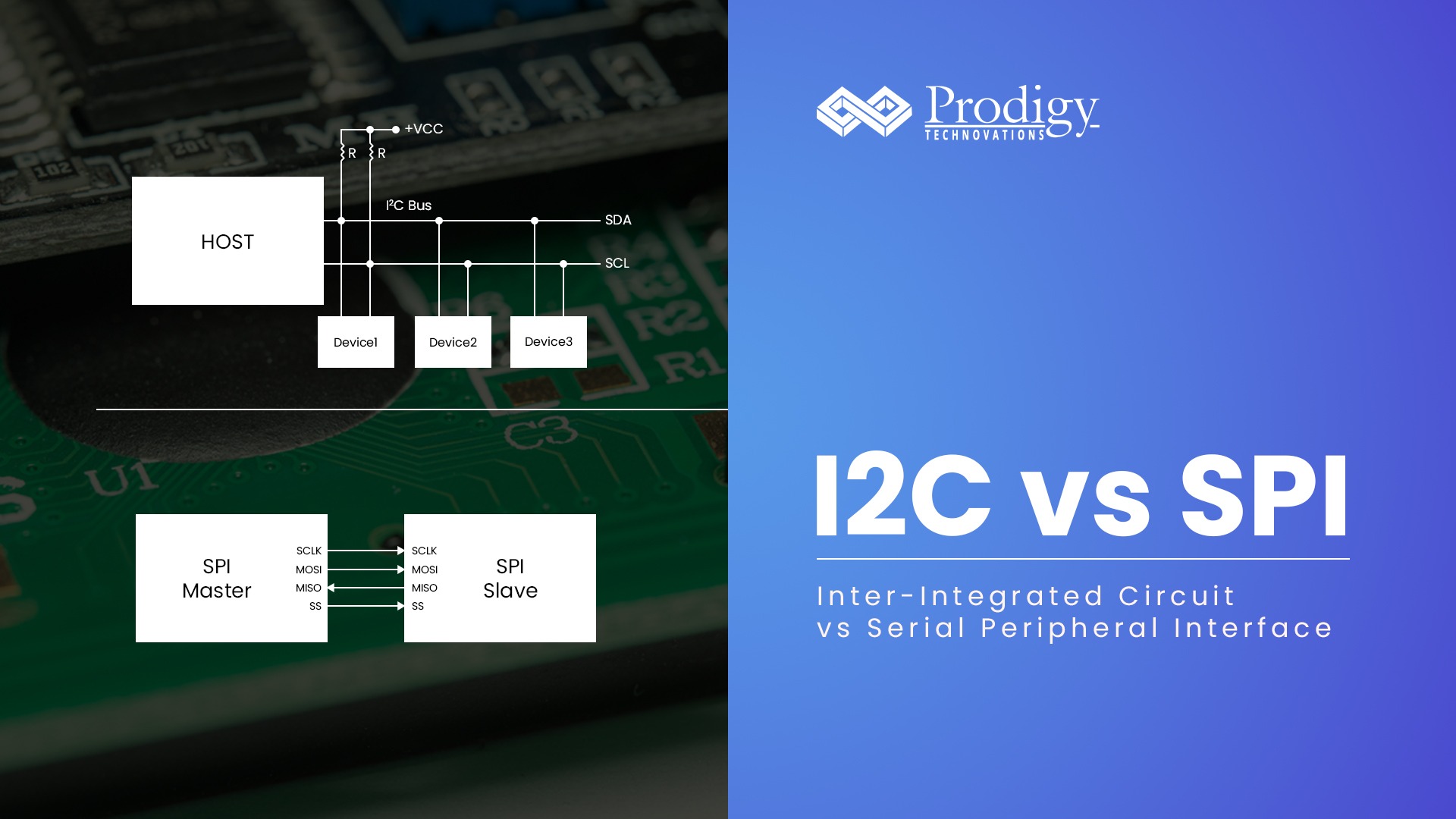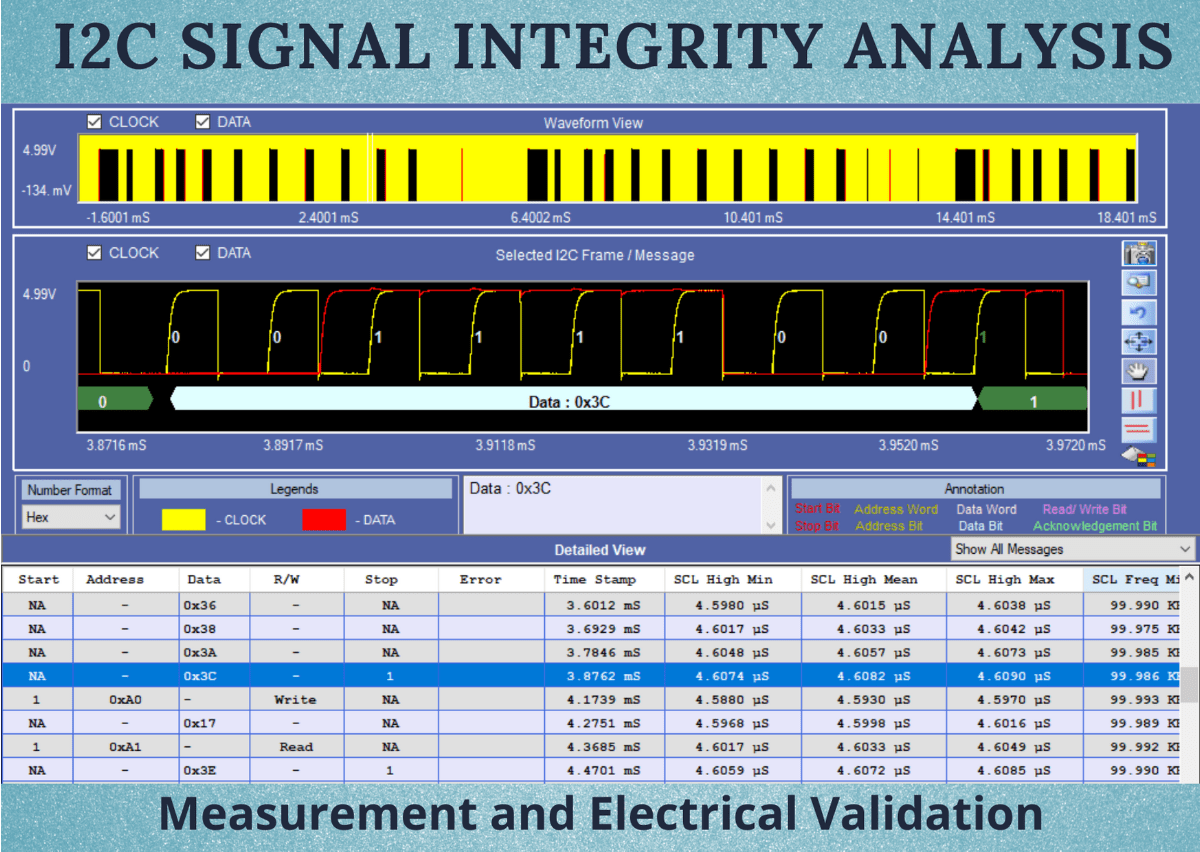How does 5G impact UFS (Universal Flash Storage)? What is UFS Protocol? What is its connection with 5G? The arrival of 5G is changing the way the smartphone is...
SPMI Protocol – System Power Management Interface Protocol SPMI Protocol Introduction The complexity and performance requirements of mobile phones and other portable electronic devices are increasing at an exponential...
INTRODUCTION TO LOGIC ANALYZER A logic analyzer is an electronic instrument that captures and displays multiple signals from a digital system or a digital circuit. It is an excellent...
HOW TO SELECT THE RIGHT PROBES FOR DEBUGGING? Debugging design in embedded systems is quite complex and Logic analyzers play a very important role to expedite the debugging and...
eMMC Protocol An eMMC Protocol (embedded Multi-Media Controller Protocol) Flash device is a non-volatile, rewritable mass storage device. Both flash memory and controller are included in a single integrated...
TRIGGERING FUNDAMENTALS – LOGIC ANALYZER TRIGGERS WHAT IS TRIGGERING? The triggering feature allows engineers to capture a particular event of interest or data. Logic analyzers can be triggered on...
SDIO Protocol: SDIO Protocol is a widely used Bus for the interfacing modem (device) to the application processor (Host). SDIO Protocol is used for Data exchange between host and...
I2C vs SPI Difference Between I2C vs SPI What is I2C Protocol? I2C stands for Inter-Integrated Circuit. I2C is a simple two-wire serial protocol used to communicate between two...
I2C Signal Integrity: Measurement and Electrical Validation Overview of I2C Bus: The I2C’s physical two-wire interface consists of a bi-directional serial clock (SCL) and data (SDA) lines. Each device...
I2C Bus Introduction to I2C Bus: I2C stands for Inter-Integrated Circuit. Philips Semiconductors developed I2C in the early 1980s as a low-cost solution for connecting lower-speed peripheral ICs to...




